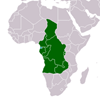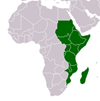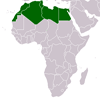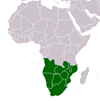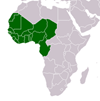How peace is visualised? Perspectives from Seke District in Zimbabwe
How peace is visualised? Perspectives from Seke District in Zimbabwe
The reality of conflict situations at the community level that rekindle imagination and hope for a peaceful future is often neglected in mainstream peacebuilding discourses. This is in spite of the fact that imagining peace offers promise for broadening, revitalising and shaping community-based peace activities. The question guiding this study is: How is peace visualised at the community level, and how do community dynamics rekindle imagination, invention, and the creation of peaceful images? To systematically address the key question, the qualitative research methodology was followed through a case study research design. The case involved 42 male and female adults who are members of peace committees in ward 8 of Seke district, Zimbabwe. To achieve methodological triangulation and validation of results, focus groups and key informant interviews were deployed. Findings revealed that peace is understood as both a present reality and an ideal or imagined peace state. The imaginative nature of peace holds the tension existing between conflicted communities and utopian notions together by inspiring hope for a peaceful future even when the going gets tough. Paradoxically, the imagined peace state is often overlooked in everyday communication and interactions, as it is depicted as utopian in the face of conflicted communities. Despite being labelled as utopian, imagined peace state has the ability to rekindle optimism and provide people renewed motivation to work toward a peaceful future.
CITATION: Chivasa, Norman. How peace is visualised? Perspectives from Seke District in Zimbabwe . London : Adonis & Abbey Publishers , 2023. African Journal of Peace and Conflict Studies Vol. 12, No. 1, 2023, pp. 91–110 - Available at: https://library.au.int/frhow-peace-visualised-perspectives-seke-district-zimbabwe

